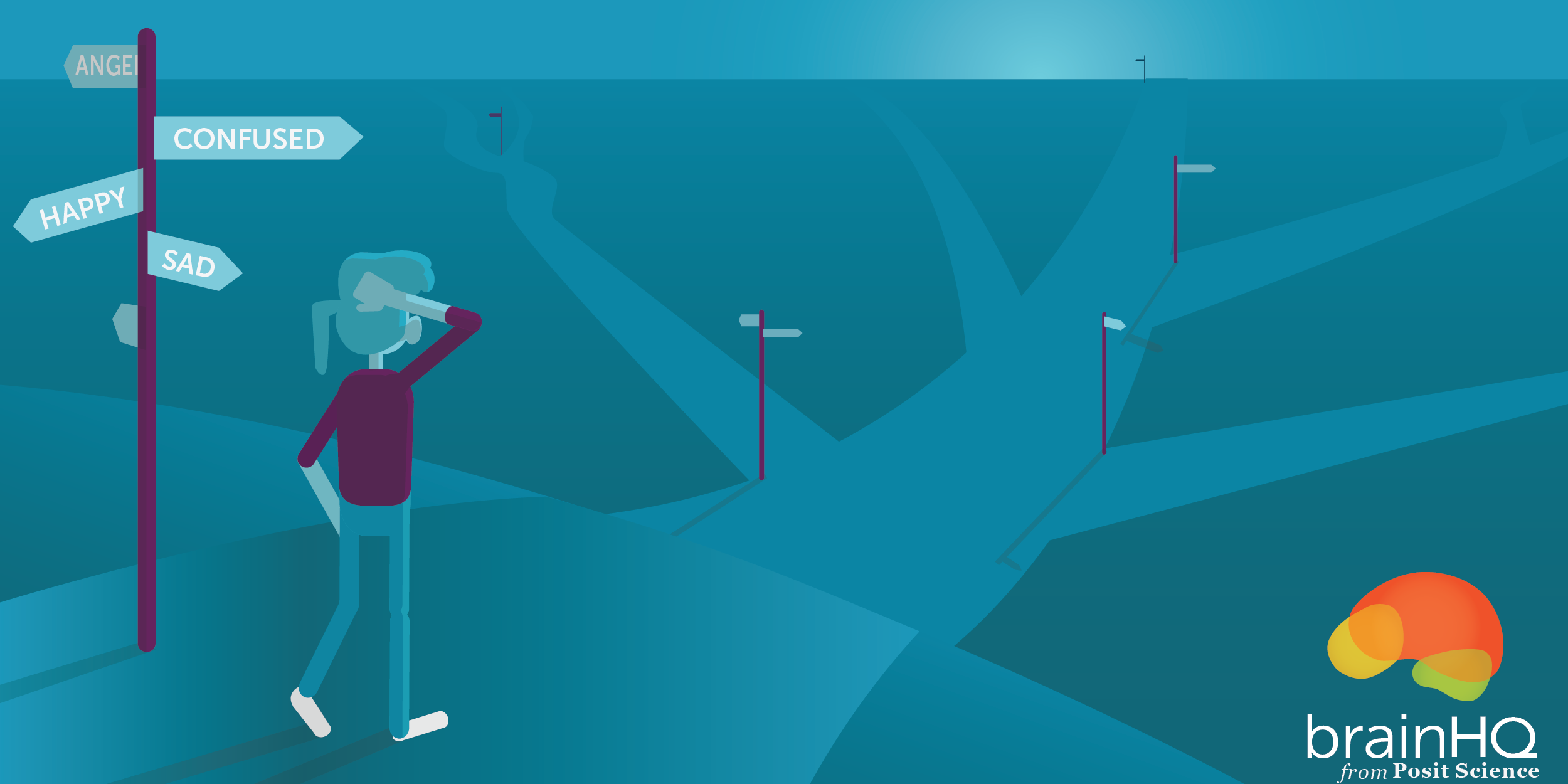Recent studies of brain development in teenagers may finally give parents the scientific authority to say “No you’re not!” in answer to the common adolescent complaint, “But I’m old enough to make my own decisions!” That authority comes from brain imaging studies that reveal some surprising features of the adolescent brain.
Deborah Yurgelun-Todd and colleagues at the McLean Hospital Brain Imaging Center in Boston, Massachusetts have used functional magnetic resonance imaging to compare the activity of teenage brains to those of adults.
While adults can use rational processes when facing emotional decisions, teenagers are simply not yet equipped to think through things in the same way.
The researchers found that when processing emotions, adults have greater activity in their frontal lobes than do teenagers. Adults also have lower activity in their amygdala than teenagers. In fact, as teenagers age into adulthood, the overall focus of brain activity seems to shift from the amygdala to the frontal lobes.
The frontal lobes of the brain have been implicated in behavioral inhibition, the ability to control emotions and impulses. The frontal lobes are also thought to be the place where decisions about right and wrong, as well as cause-effect relationships are processed. In contrast, the amygdala is part of the limbic system of the brain and is involved in instinctive “gut” reactions, including “fight or flight” responses. Lower activity in the frontal lobe could lead to poor control over behavior and emotions, while an overactive amygdala may be associated with high levels of emotional arousal and reactionary decision-making.
The results from the McLean study suggest that while adults can to use rational decision making processes when facing emotional decisions, adolescent brains are simply not yet equipped to think through things in the same way. For example, when deciding whether to ride in a car driven by a drunk friend, an adult can usually put aside her desire to conform and is more likely to make the rational decision against drunk driving. However, a teenager’s immature frontal lobes may not be capable of such a coolly rational approach, and the emotional feelings of friendship may be likely to win the battle. As Dr. Yurgelun-Todd told U.S. News, “Good judgment is learned, but you can’t learn it if you don’t have the necessary hardware.”
Jay Giedd and his colleagues at the National Institutes of Mental Health (NIMH) have reached similar conclusions using a brain imaging technique that looks at brain structure rather than activity. Giedd’s results suggest that development in the frontal lobe continues throughout adolescence and well into the early twenties. The researchers found that the number of neurons in the frontal lobe continued to increase throughout childhood until an average age of 12.1 years for men and 10.2 years for women. Scientists previously thought that gray matter production and development only occurred during the first 18 months of life. The fact changes are still occurring in the brain during adolescence provides some evidence against some popular theories that suggest that our brains are hardwired during early childhood. These brain imaging studies instead suggest that adolescence may provide a sort of “second chance” to refine behavioral control and rational decision making.
These studies may offer some hope to teenagers suffering from behavioral or emotional problems. The fact that the decision making centers of the brain continue to develop well into the early twenties could mean that troubled teenagers still have the time as well as the physiology to learn how to control their impulsive behaviors.
The results from these studies do not mean that a teenager will always make irrational decisions. They do, however, suggest that teenagers need guidance as their brains develop, especially in the realm of controlling emotional impulses in order to make rational decisions. It is becoming clear that the adolescent brain is a work in progress, and that parents and educators can help this progress along through open communication and clear boundaries.
Gargi Talukder is a graduate student in the Neuroscience Program at Stanford University. Her research focuses on the biophysical properties of the gene product Slowpoke, which has been shown to play a role in the timing of electrical signals in the auditory system.
References:
Begley, S. February 28, 2000. “Getting Inside a Teen Brain.” Newsweek.
Brownlee, S. August 9, 1999. “Inside the Teen Brain.” U.S.News.
Giedd, J.N. et al. October 1999. “Brain development during childhood and adolescence: a longitudinal MRI study.” Nature. Vol 2, No 10, pp. 861-863.
Medical Data International. June 15, 1998. “Don’t Understand Teens? Researchers Try to Provide Insight.” Medical Industry Today.







